Nursing Interventions For Neuroleptic Malignant Syndrome
Nursing interventions for neuroleptic malignant syndrome. Neuroleptic malignant syndrome NMS is a rare but life-threatening reaction that can occur in response to neuroleptic or antipsychotic medication. It is directed toward controlling the rigidity and hyperthermia and preventing complications eg. Pharmacologic interventions include immediate discontinuation of antipsychotics judicious use of anticholinergics and adjunctive benzodiazepines.
Education and follow-up You explain to Ms. After an episode of neuroleptic malignant syndrome educational approaches can help patients and their relatives to understand what has happened to. Neuroleptic Malignant Syndrome NMS Serotonin Syndrome Develops over days to weeks.
Treatment of neuroleptic malignant syndrome NMS is mainly supportive. Symptoms include high fever confusion rigid muscles variable blood pressure sweating and fast heart rate. Serotonin syndrome SS and neuroleptic malignant syndrome NMS are medical emergencies associated with psychotropic administration.
It is a rare side effect of anti-psychotic medications. Differentiation and treatment can be complex especially when features of both syndromes are present and the patient has taken both serotonergic and neuroleptic agents. Adolescents may be.
1 were the first to describe neuroleptic malignant syndrome NMS in 1960. ECT electroconvulsive therapy neuroleptic. If NMS is caused by a reaction to a.
Electroconvulsive therapy ECT is an increasingly popular treatment for drug-resistant depression that may have utility for some patients with neuroleptic malignant syndrome NMS who are unresponsive to pharmacotherapy. Any medications within the family of. In patients with neuroleptic malignant syndrome the causative drug is stopped and complications are treated supportively usually in an intensive care unit ICU 1.
Nonpharmacologic management centers on aggressive supportive care including vigilant nursing physical therapy cooling rehydration anticoagulation. He has not been taking his.
Symptoms include high fever confusion rigid muscles variable blood pressure sweating and fast heart rate.
A 40 year-old male with a ho schizophrenia is brought to the ER by the police after finding him running around in a field and wearing very little clothing. Neuroleptic malignant syndrome is a medical emergency and is life threatening. If NMS is caused by a reaction to a. Again all antipsychotics are withheld and the physician considers other therapies including electroconvulsive therapy. Frost that her medication even in low doses is causing a life-threatening condition called neuroleptic malignant syndrome. Neuroleptic malignant syndrome NMS is a rare but life-threatening reaction that can occur in response to neuroleptic or antipsychotic medication. In patients with neuroleptic malignant syndrome the causative drug is stopped and complications are treated supportively usually in an intensive care unit ICU 1. 1 were the first to describe neuroleptic malignant syndrome NMS in 1960. After an episode of neuroleptic malignant syndrome educational approaches can help patients and their relatives to understand what has happened to.
ECT electroconvulsive therapy neuroleptic. NMS is a medical emergency and prompt intervention is needed. Neuroleptic malignant syndrome NMS is a rare but life-threatening reaction that can occur in response to neuroleptic or antipsychotic medication. Symptoms include high fever sweating unstable blood pressure stupor muscular rigidity and autonomic dysfunction. This is my case study. Ive been stuck for 2 hours. Prevention recognition and management of.
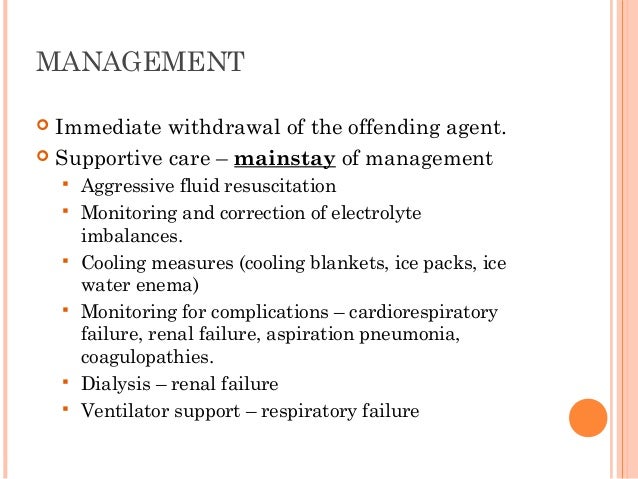



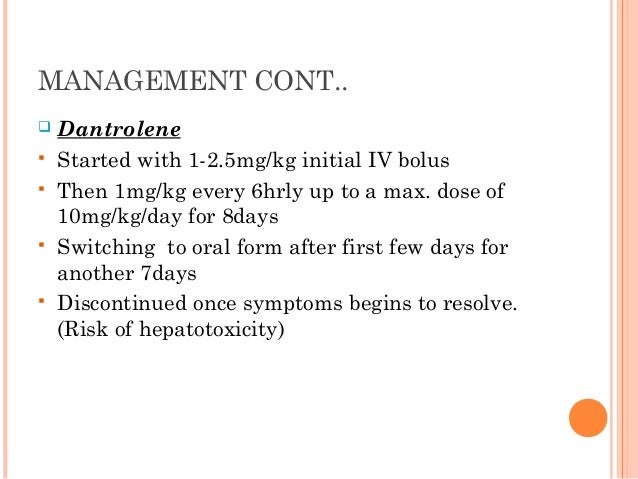



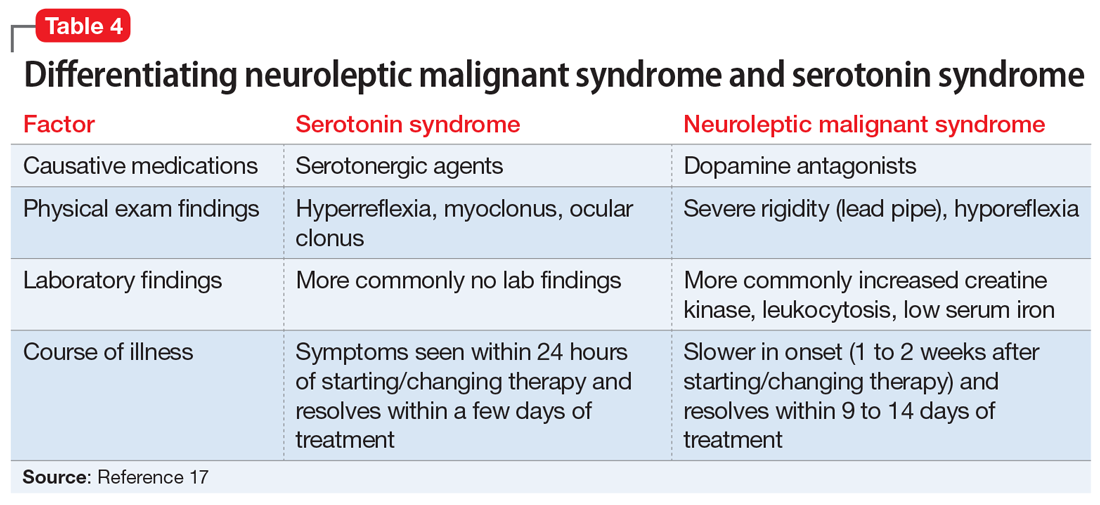

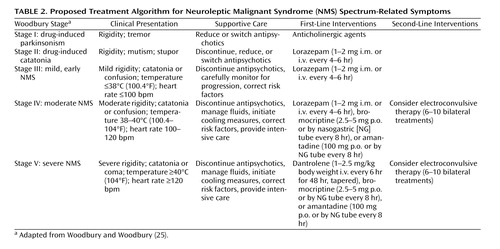





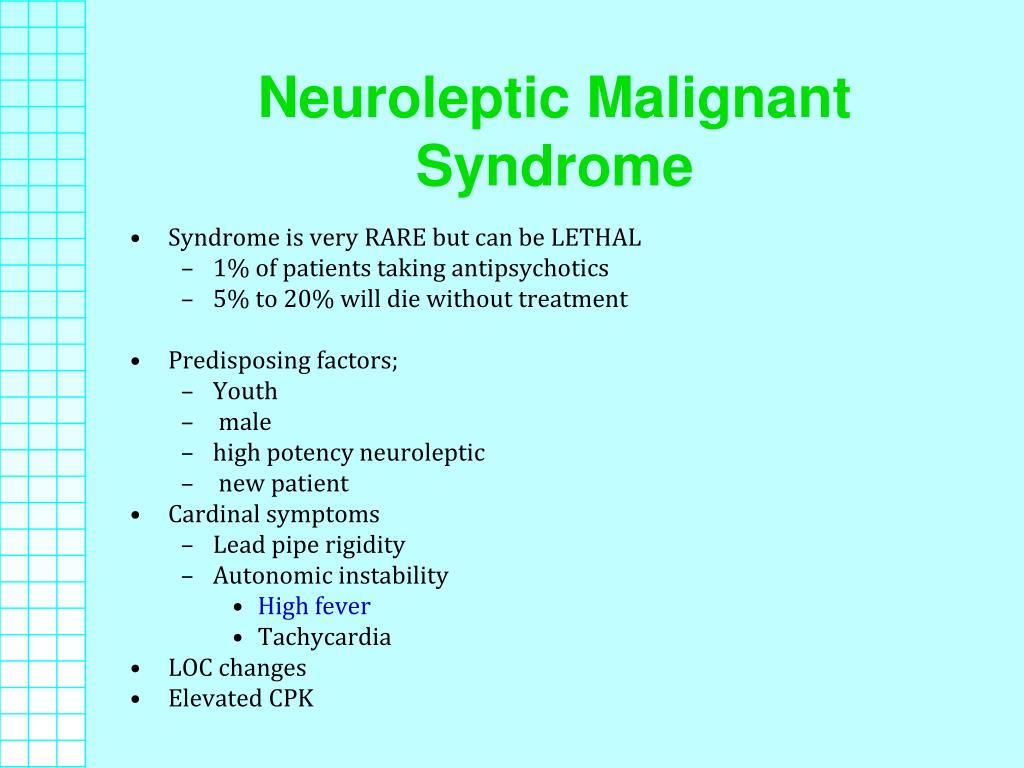





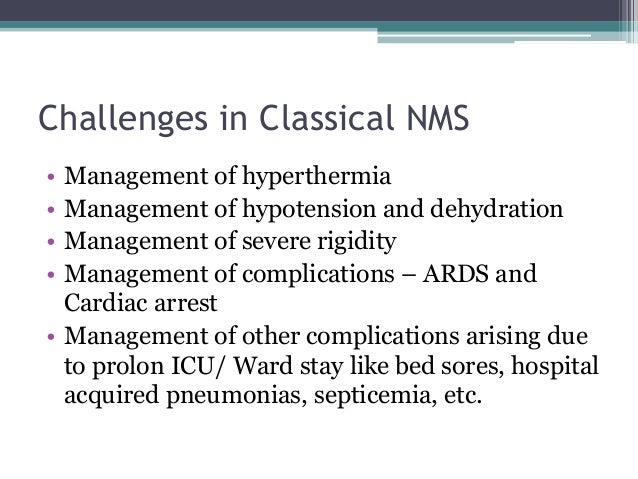

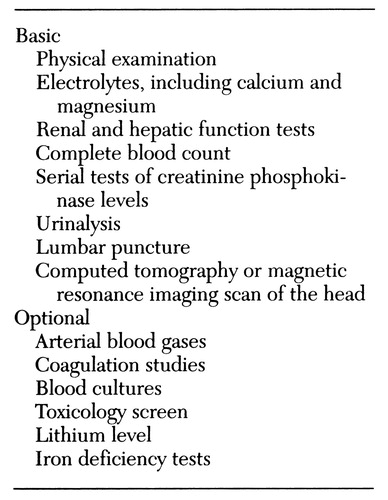













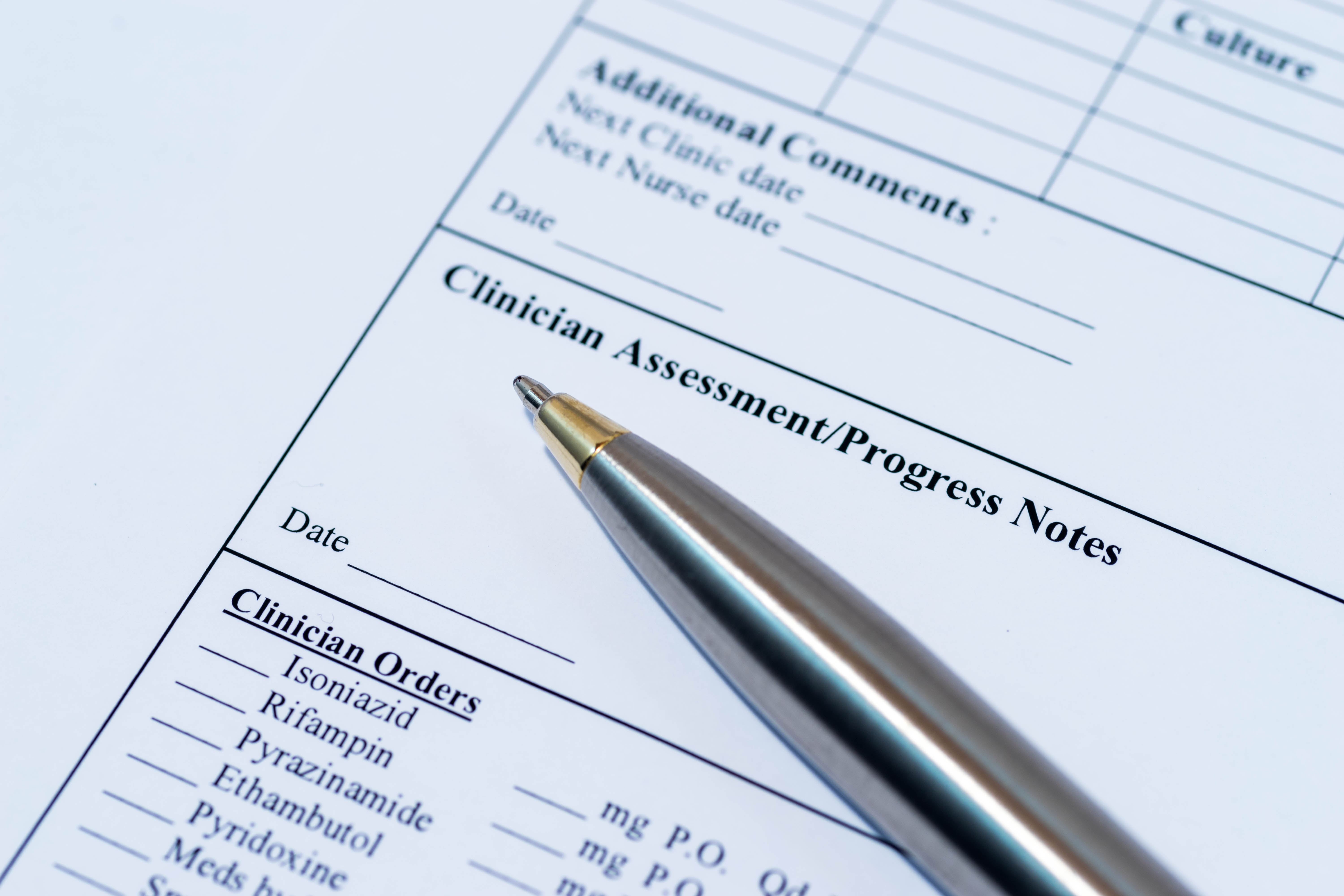





Post a Comment for "Nursing Interventions For Neuroleptic Malignant Syndrome"